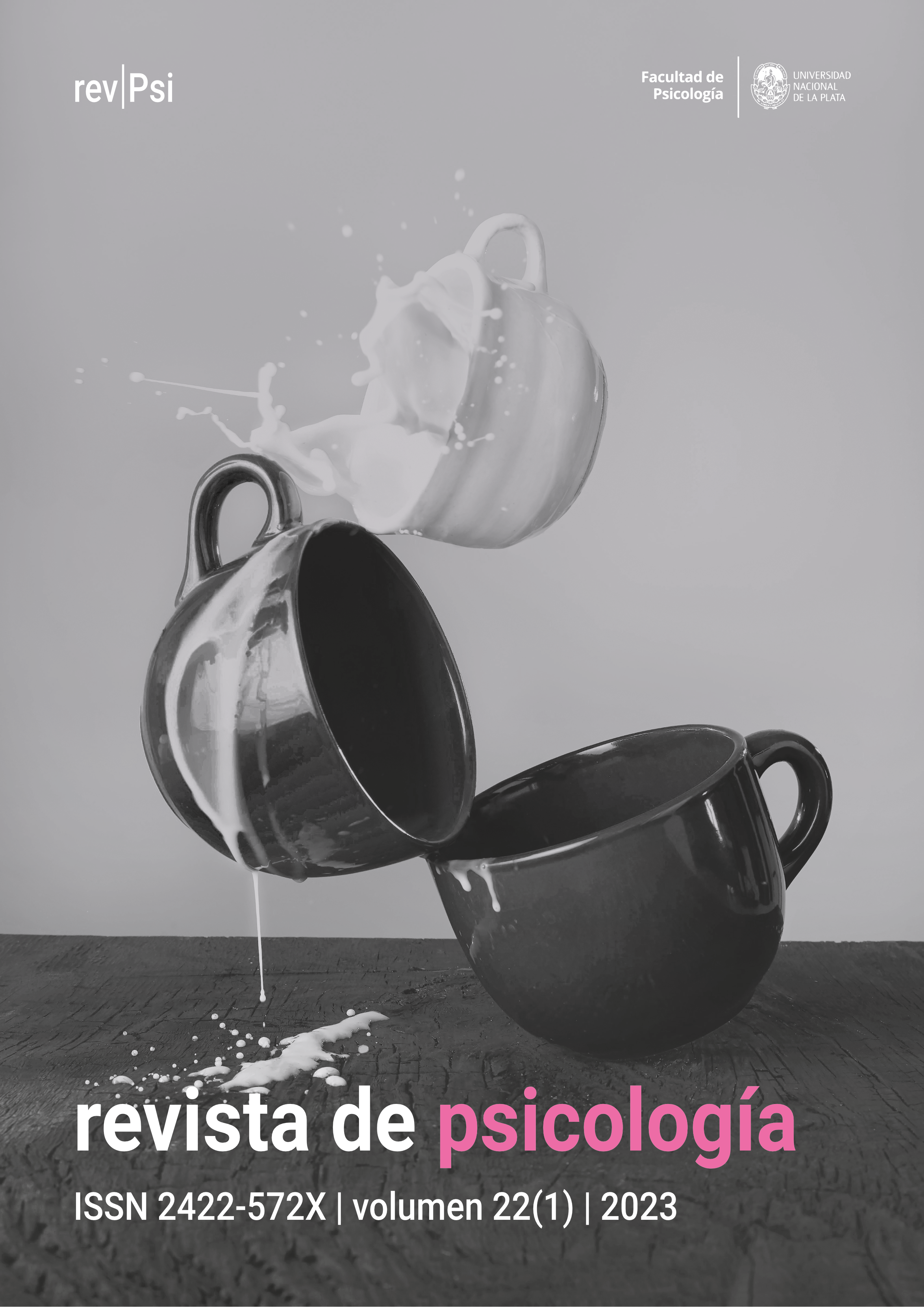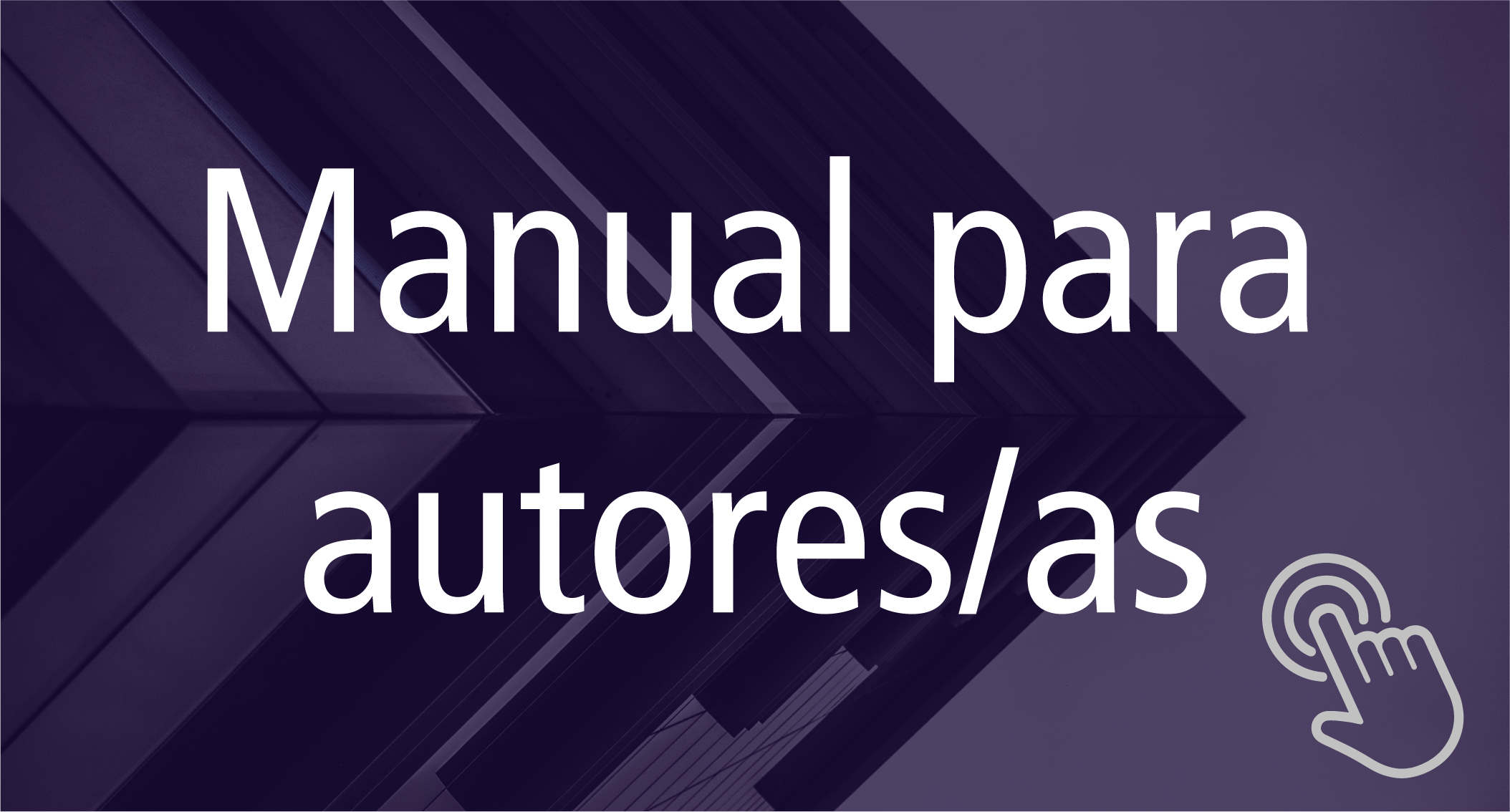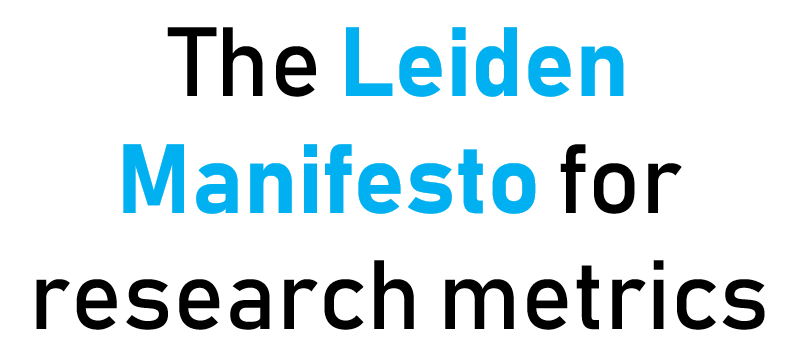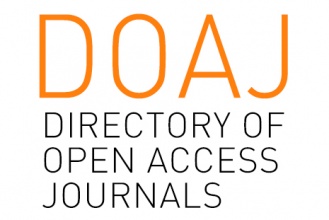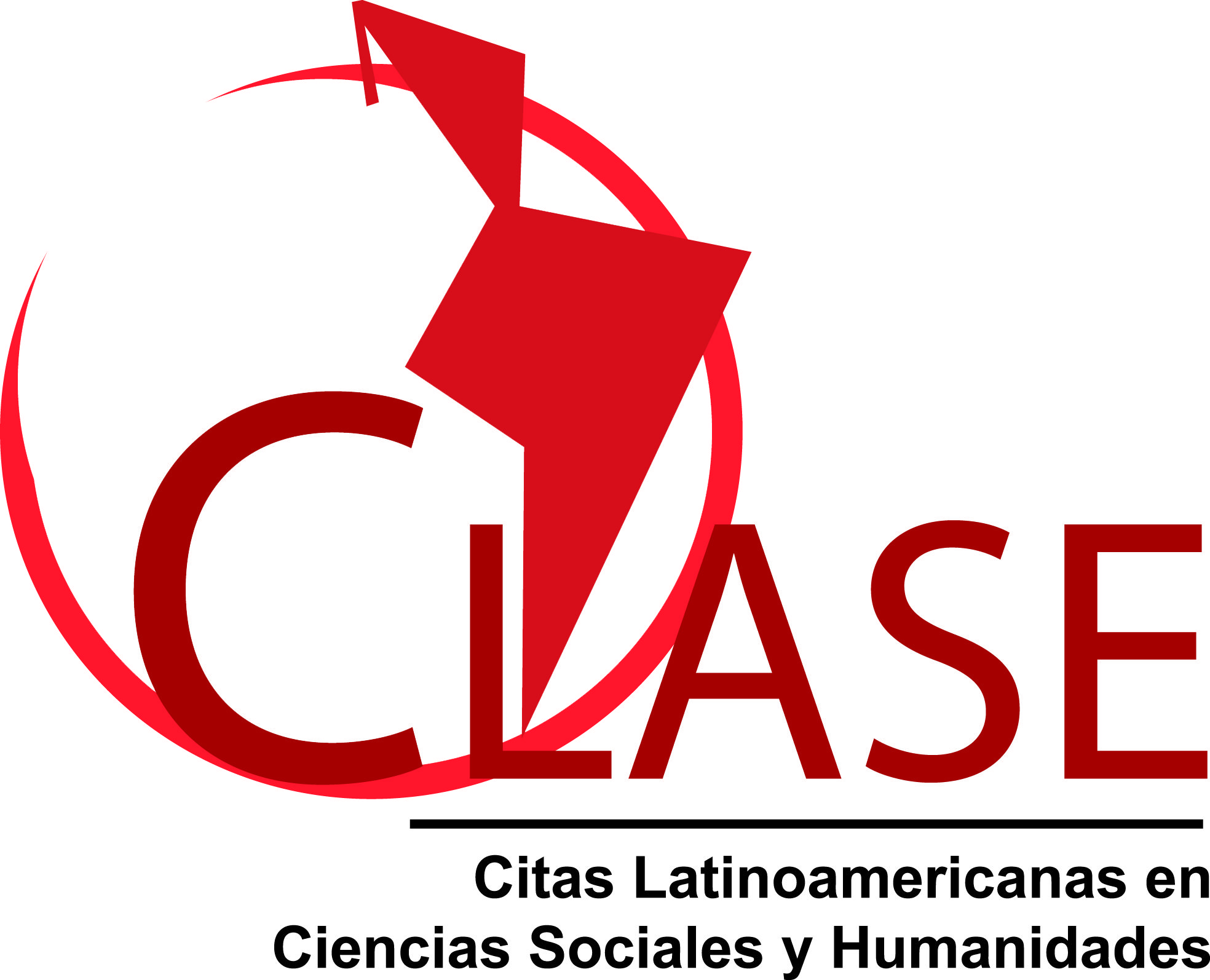Desenvolvimento de interações triádicas iniciais
Dinâmicas musicais de interação no primeiro ano de vida
DOI:
https://doi.org/10.24215/2422572Xe088Palavras-chave:
interações triádicas iniciais, dinâmicas musicais, mediação do adulto, materialidade, desenvolvimento inicialResumo
O primeiro ano de vida é crucial para o desenvolvimento infantil. Nele, os bebês adquirem habilidades cognitivas básicas que contribuem para moldar suas experiências diárias com os outros e com o mundo material, no qual a ação dos adultos é fundamental. Desde muito cedo, os adultos promovem instâncias de interação triádica (adulto-bebê-objeto) através de sinais organizados musicalmente (e.g., gestos ou demonstrações do uso de objetos), que facilitam sua comunicação e co-regulação psicológica com a criança. Embora a organização musical das interações diádicas adulto-bebê tenha sido amplamente descrita a partir das teses sobre musicalidade comunicativa, sua investigação no âmbito da triadicidade ainda é limitado. Este artigo discute como a estrutura e a dinâmica musical das interações triádicas iniciais poderiam contribuir para a nossa compreensão do desenvolvimento precoce e do impacto que a mediação adulta teria sobre ele.
Referências
Alessandroni, N., Moreno-Núñez, A., Rodríguez, C. y Del Olmo, M. J. (2020). Musical dynamics in early triadic interactions. A case study. Psychological Research, 84, 1555–1571. http://dx.doi.org/10.1007/s00426-019-01168-4
Álvarez, M. J. (2006). Interacción padres-niño en el primer año de vida. En Asociación Española de Pediatría de Atención Primaria (Ed.). Curso de actualización en pediatría (pp. 267-274). Exlibris.
Bates, E., Camaioni, L. y Volterra, V. (1975). The acquisition of performatives prior to speech. Merrill-Palmer Quarterly, 21(3), 205-226.
Bornstein, M., Tamis-LeMonda, C. S. y Haynes, O. M. (1999). First words in the second year: Continuity, stability, and models of concurrent and predictive correspondence in vocabulary and verbal responsiveness across age and context. Infant Behavior and Development, 22(1), 65-85. https://doi.org/10.1016/S0163-6383(99)80006-X
Cárdenas, K., Moreno-Núñez, A. y Miranda-Zapata, E. (2020). Shared book reading in early childhood education: Teacher’s mediation in children’s communicative development. Frontiers in Psychology. https://doi.org/10.3389/fpsyg.2020.02030
Costall, A. (2013). Things that help make us what we are. En G. Sammut, P. Daanen y F. M. Moghaddam (Eds.), Understanding the self and others: Explorations in intersubjectivity and interobjectivity (pp. 66–76). Wiley-Blackwell.
Csibra, G. (2010). Recognizing communicative intentions in infancy. Mind & Language, 25(2), 141-168. https://doi.org/10.1111/j.1468-0017.2009.01384.x
De Barbaro, K., Johnson, C. M. y Deák, G. O. (2013). Twelve-month «social revolution» emerges from mother-infant sensorimotor coordination: A longitudinal investigation. Human Development, 56(4), 223-248. https://doi.org/10.1159/000351313
Del Olmo, M. J, Rodríguez, C. y Ruza, F. (2010). Music therapy in the PICU: 0 to 6 months-old babies. Music and Medicine, 2(3), 158-166.
Dimitrova, N. (2020). The role of common ground on object use in shaping the function of infants’ social gaze. Frontiers in Psychology, 11, 619. https://doi.org/10.3389/fpsyg.2020.00619
Dimitrova, N. y Moro, C. (2013). Common ground on object use associates with caregivers’ gesturese. Infant Behavior and Development, 36(4), 618-626. https://doi.org/10.1016/j.infbeh.2013.06.006
Dissanayake, E. (2008). If music is the food of love, what about survival and reproductive processes? Musicae Scientiae, 12(1), 169-195. https://doi.org/10.1177/1029864908012001081
Eco, U. (1976). A theory of semiotics. Indiana University Press.
Español, S. y Shifres, F. (2009). Intuitive parenting performance: the embodied encounter with art. En J. Louhivuori, T. Eerola, S. Saarikallio, T. Humberg y P. S. Eerola (Eds.), Proceedings of the 7th Triennial Conference of European Society for the Cognitive Sciences of Music (pp. 93-102). ESCOM.
Español, S. (2011). El contacto psicológico entre cuerpos sonoros en movimiento. Nota editorial del número monográfico Intersubjetividad y Musicalidad Comunicativa. Psicología del Desarrollo, 1(2), 5-7.
Kärtner, J. (2015). The autonomous developmental pathway: The primacy of subjective mental states for human behavior and experience. Child Development, 86(4), 1298–1309.
Kärtner, J. (2018). Beyond dichotomies — (m)others’ structuring and the development of toddlers’ prosocial behavior across cultures. Current Opinion in Psychology, 20, 6–10.
Longhi, E. (2009). `Songese’: Maternal structuring of musical interaction with infants. Psychology of Music, 37(2), 195-213. https://doi.org/10.1177/0305735608097042
Longhi, E. y Pickett, N. (2008). Music and well-being in long-term hospitalized children. Psychology of Music, 36(2), 247-256. https://doi.org/10.1177/0305735607082622
Malloch, S. (1999). Mothers and infants and communicative musicality. Musicae Scientiae, 3(1), 29–57.
Malloch, S. y Trevarthen, C. (2009). Communicative musicality: Exploring the basis of human companionship. Oxford University Press.
Moreno-Núñez, A. (en prensa). Cuerpo, proximidad e interacción: algunas ideas sobre la acción del adulto en el desarrollo. En M. C. Piro y N. Alessandroni (Coords.), Cuerpo, época y presentaciones sintomáticas actuales. Universidad Nacional de La Plata.
Moreno-Núñez, A., Rodríguez, C. y Del Olmo, M. J. (2015). The rhythmic, sonorous and melodic components of adult-child-object interactions between 2 and 6 months old. Integrative Psychological and Behavioral Science, 49(4), 737-756. https://doi.org/10.1007/s12124-015-9298-2
Moreno-Núñez, A., Rodríguez, C. y Del Olmo, M. J. (2017). Rhythmic ostensive gestures: How adults facilitate infants’ entrance into early triadic interactions. Infant Behavior and Development, 49, 168-181. https://doi.org/10.1016/j.infbeh.2017.09.003
Moreno-Núñez, A., Rodríguez, C. y Miranda-Zapata, E. (2020). Getting away from the point: The emergence of ostensive gestures and their functions. Journal of Child Language, 47(3), 556-578. https://doi.org/10.1017/S0305000919000606
Moro, C. (2016). To encounter, to build the world and to become a human being: Advocating for a material-cultural turn in developmental psychology. Integrative Psychological and Behavioral Science, 50(4), 586-602. https://doi.org/10.1007/s12124-016-9356-4
Nakata, T. y Trehub, S. (2004). Infants responsiveness to maternal speech and singing. Infant Behavior and Development, 27, 455-464. https://doi.org/10.1016/j.infbeh.2004.03.002
Nomikou, I., Leonardi, G., Rohlfing, K. y Rączaszek-Leonardi, J. (2016). Constructing interaction: The development of gaze dynamics. Infant and Child Development, 25(3), 277-295. https://doi.org/10.1002/icd.1975
Papoušek, H. (1996). Musicality in infancy research: Biological and cultural origins of early musicality. En I. Deliège y J. Sloboda (Eds.), Musical beginnings. Origins and development of musical competence (pp. 37–55). Oxford University Press. https://doi.org/10.1093/acprof:oso/9780198523321.003.0002
Rodríguez, C. (2006). Del ritmo al símbolo. Los signos en el nacimiento de la inteligencia. Horsori.
Rodríguez, C., Basilio, M., Cárdenas, K., Cavalcante, S., Moreno-Núñez, A., Palacios, P. y Yuste, N. (2018). Objects Pragmatics: Culture and communication-the bases for early cognitive development. En A. Rosa y J. Valsiner, J. (Eds.) The Cambridge handbook of sociocultural psychology. Cambridge University Press.
Rodríguez, C., Moreno-Núñez, A., Basilio, M. y Sosa, N. (2015). Ostensive gestures come first: Their role in the beginning of shared reference. Cognitive Development, 36, 142-149. https://doi.org/10.1016/j.cogdev.2015.09.005
Rodríguez, C. y Moro, C. (1999). El mágico número tres. Cuando los niños aún no hablan. Paidós.
Rossmanith, N., Costall, A., Reichelt, A. F., López, B. y Reddy, V. (2014). Jointly structuring triadic spaces of meaning and action: Book sharing from 3 months on. Frontiers in Psychology, 5, 1390. https://doi.org/10.3389/fpsyg.2014.01390
Rossmanith, N., y Reddy, V. (2016). Structure and openness in the development of self in infancy. Journal of Consciousness Studies, 23(1–2), 237–257.
Shifres, F. (2007). La ejecución parental. Los componentes performativos de las interacciones tempranas. En M. Jacquier y A. Pereira (Eds.), Música y bienestar humano. Actas de la VI Reunión Anual de SACCoM (pp. 13-24). SACCoM.
Shifres, F. (2008). Expresión musical en la voz cantada y hablada en interacciones adulto-infante. En M. Jacquier y A. Pereira (Eds.), Objetividad-subjetividad y música. Actas de la VII Reunión Anual de SACCoM (pp. 83-93). SACCoM.
Shifres, F. y Español S. (2014). Algo más sobre el enlace entre la infancia temprana y la música: El poder expresivo del rubato. En S. Español (Ed.) Psicología de la música y del desarrollo. Una exploración interdisciplinaria sobre la musicalidad humana (pp. 9-43). Paidós.
Striano, T. y Reid, V. M. (2009). Social cognition, development, neuroscience and autism. Wiley-Blackwell.
Tamis-LeMonda, C. S., Bornstein, M. H. y Baumwell, L. (2001). Maternal responsiveness and children’s achievement of language milestones. Child Development, 72(3), 748-767. https://doi.org/10.1111/1467-8624.00313
Thelen, E., Schöner, G. Scheier, C. y Smith, L. B. (2001). The dynamics of embodiment: A field theory of infant perseverative reaching. Behavioral and Brain Sciences, 24, 1-86. https://doi.org/10.1017/S0140525X01003910
Tomasello, M. (1995). Joint attention as social cognition. En C. More y P. Dunham (Eds.), Joint attention: Its origin and role in development (pp. 103-130). Lawrence Erlbaum.
Tomasello, M. (2004). Learning through others. Daedalus, 133(1), 51-58. https://doi.org/10.1162/001152604772746693
Tomasello, M. (2008). Origins of human communication. MIT Press.
Tomasello, M. (2019). Becoming human: A theory of ontogeny. Harvard University Press.
Trehub, S. y Schellemberg, E. (1995). Music: Its relevance to infants. Annals of Child Development, 11(1), 1-24.
Trehub, S., Unyk, A. y Trainor, L. (1993a). Adults identify infant-directed music across cultures. Infant Behavior and Development, 16(2), 193-211. https://doi.org/10.1016/0163-6383(93)80017-3
Trehub, S., Unyk, A. y Trainor, L. (1993b). Maternal singing in cross-cultural perspective. Infant Behavior and Development, 16(3), 285-295. https://doi.org/10.1016/0163-6383(93)80036-8
Trevarthen, C. (2003). Conversations with a two months old. Whurr Publishers.
Trevarthen, C. (2009). Human biochronology: On the source and functions of “musicality”. En R. Hass y V. Brandes (Eds.), Music that works (pp. 221-265). Springer.
Trevarthen, C. y Hubley, P. (1978). Secondary intersubjectivity: Confidence, confiding and acts of meaning in the first year. En J. Lock (Ed.), Action, gesture and symbol: The emergence of language (pp. 183-229). Academic Press.
Tropea, A., Shifres, F. y Massarini, A. (2014). El origen de la musicalidad humana. Alcances y limitaciones de las explicaciones evolutivas. En S. Español (Ed.), Psicología de la música y del desarrollo. Una exploración interdisciplinaria sobre la musicalidad humana (pp. 150-181). Paidós.
Valsiner, J. (2000). Culture and human development: An introduction. SAGE.
Valsiner, J. (2014). An invitation to cultural psychology. SAGE.
Varela, F. J., Thompson, E. y Rosch, E. (1991). The embodied mind: Cognitive science and human experience. The MIT Press.
Vosoughi, S., Roy, B., Frank, M. y Roy, D. (10-14 de mayo de 2010). Effects of caregiver prosody on child language acquisition [Ponencia de Congreso]. 5th International Conference on Speech Prosody, Chicago.
Vygotski, L. (1984/1996). El primer año. En sus Obras escogidas IV. Psicología infantil (pp. 275-318). Visor.
Wallon, H. (1972). La evolución psicológica del niño. Psique.
Publicado
Edição
Seção
Licença
Copyright (c) 2021 Ana Moreno-Núñez, Ainhoa Fernández-Alcaide, Noemí Martín-Ruiz

Este trabalho está licenciado sob uma licença Creative Commons Attribution 4.0 International License.

Os autores que publicam neste periódico aceitam as seguintes condições:
- Autores mantém os direitos autorais e atribuir o direito de primeira publicação para a revista, com a obra registrada sob uma Licença de atribuição Creative Commons (CC-BY) , que permite que terceiros usem o que é publicado sempre que mencionarem a autoria do trabalho e a primeira publicação desta revista.
- Os autores podem fazer outros acordos contratuais independentes e adicionais para a distribuição não-exclusiva do artigo publicado na revista ESTA (por exemplo, incluí-lo em um repositório institucional ou publicá-lo em um livro), enquanto eles indicou claramente que o trabalho foi publicado pela primeira vez nesta revista.
- Autores são permitidos e encorajados a publicar seus trabalhos na Internet (por exemplo, em páginas institucionais ou individuais) antes e durante o processo de revisão e publicação, pois pode gerar alterações produtivas e maior e mais rápida difusão do trabalho publicado (ver The Effect of Open Access).

